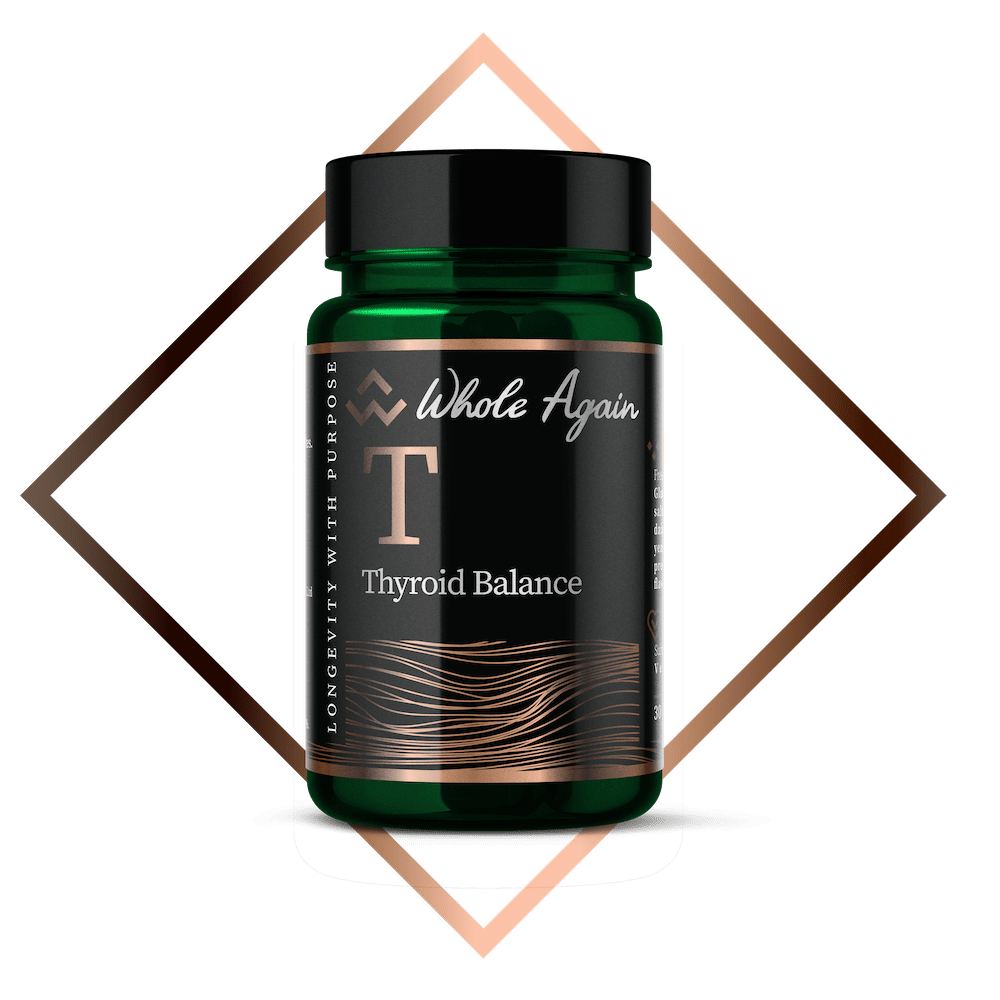FREQUENTLY ASKED QUESTIONS
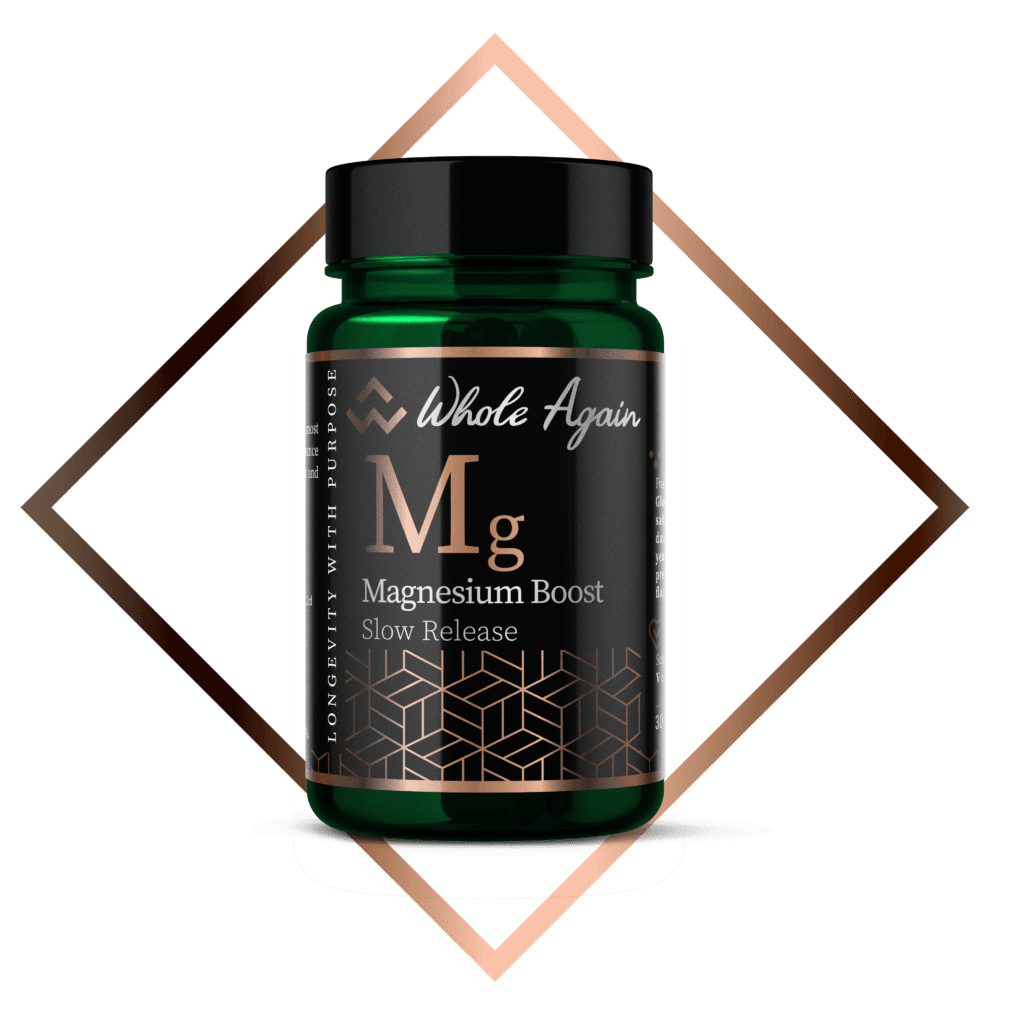
Magnesium Boost
What is magnesium?
Magnesium is a mineral that is naturally found in nature.
Why is magnesium important?
Magnesium is crucial in over 300 bodily functions. It plays an important role as a co-factor in many chemical and hormonal functions. Magnesium is vital for energy production. Magnesium supports nerve and muscle function. It neutralizes stomach acid and helps move stools through the colon. It can be used in; a pregnancy complication called pre-eclampsia; certain arrhythmias and other medical emergencies.
Are low levels of magnesium dangerous?
Cramps may be caused by low magnesium levels, however if it is chronically low it can increase the risk of type 2 diabetes, osteoporosis, heart disease and high blood pressure.
What are good natural sources of magnesium?
Beans, dark leafy green vegetables, whole grains, seeds, nuts, milk and yogurt. Some foods may be fortified with magnesium.
Side effect of excess magnesium?
Nausea, diarrhea, and abdominal cramping.
What is the recommended daily allowance?
Men 400 – 420 mg per day
<div>Women 310 – 320 mg per day.</div>
What a magnesium glycinate?
It is magnesium bound to glycine, a non- essential amino acid. This is the most bioavailable and absorbable forms of magnesium and least likely to cause diarrhea.
Are all magnesium supplements the same?
No. Magnesium supplements are typically big tablets or capsules as it requires a larger volume.
<div>Magnesium may be formulated in an oxide, sulfate, carbonate, aspartate, citrate, lactate, chloride or glycinate form. When magnesium is chelated to amino acids (for example glycinate) the absorption is better. A good magnesium supplement will state the elemental amount.</div>
<div>This is the potentially available amount for absorption. But absorption is also dependent on solubility, so for example magnesium oxide has one of the highest elemental magnesium (60%) but has a low solubility and therefore poor bioavailable magnesium. Gut absorption with this form can be as low as 4%. Magnesium glycinate is an excellent bioavailable and absorbable form of magnesium.</div>
<div>Very few magnesium supplements are slow-release formulations. This type of formulation allows for slow sustained absorption over a specified period. Effervescent tablets are not slow release.</div>
What are the early signs of magnesium deficiency?
Nausea, vomiting, fatigue, loss of appetite, weakness.
What are the signs of severe magnesium deficiency?
Numbness, muscle cramps and constipation, paresthesia (tingling), personality changes, seizures, abnormal heart arrhythmias and coronary artery spasms.
When should Magnesium be taken?
The majority of individuals should choose to consume it in the evening.
What are the advantages of a slow release formula vs quick release?
<b>Slow release provides a gradual release of magnesium over time. Specially formulated to combat energy loss and other benefits throughout the day.</b>
I suffer from acute headaches, what type would be more suitable?
We recommend a fast release type.
Is there any harm of using too much magnesium?
No

VITAMIN D3
What is vitamin D?
Vitamin D is a pro-hormone, a building block for many other hormones.
Are there different types of Vitamin D Supplements?
Yes, there are two forms of Vitamin D supplements. Vitamin D2 also known as ergocalciferol-D2 (Calciferol) and Vitamin D3 also known as cholecalciferol.
Where can I get Vitamin D from?
The best sources of Vitamin D2 are:
<div>
<ol>
<li>the flesh of fatty fish and fish liver oils.</li>
<li>Smaller amounts are found in egg yolks, cheese, and beef liver.</li>
<li>Soymilk and rice milk are also good sources.</li>
<li>Certain mushrooms contain some vitamin D2; in addition, some commercially sold mushrooms contain higher amounts of D2 due to intentionally being exposed to high amounts of ultraviolet light.</li>
</ol>
Sun exposure is however needed to convert it to the active form of Vitamin D which is Vitamin D3.
</div>
How much sun exposure do I need for good levels of Vitamin D3?
Sun exposure is essential to convert Vitamin D2 to Vitamin D3. The amount of sunlight and exposure time varies depending on seasons, clothing, use of sunscreen, colour of skin and on whether you live in the northern or southern hemispheres. The minimum amount of exposure is about 40 minutes of morning sun to about 40% of your body without sunblock.
Why does taking calciferol not put up my Vitamin D3 levels adequately?
Calciferol is Vitamin D2 and can only be activated or converted to Vitamin D3 with adequate sun exposure. Most people don’t get enough sun exposure to activate Vitamin D3. Vitamin D2 to Vitamin D3.
What is Vitamin D3 important for?
Vitamin D3 is essential for bone and teeth health. It also has important metabolic function for conditions like diabetes and hypertension. Vitamin D3 is vital for the endocrine system. Vitamin D3 has an important role to play in autoimmune conditions and has an immuno-modulatory function as well.
Why do I need a script for higher doses of Vitamin D?
In South Africa, the regulatory body SAPHRA (South African Pharmaceutical and Health Regulatory Authority) requires that Vitamin D3 doses above 1000 iu per day require a script.
Can taking too much Vitamin D lead to toxicity?
Yes, excessive, and long-term high doses of Vitamin D2 and Vitamin D3 can lead to toxicity. This is typically when the levels go above 100 mg/ml. Toxicity with regards to Vitamin D leads to hypercalcemia (i.e.high calcium levels). This can normalize once the supplementation is stopped. It is irresponsible to continue taking high doses of Vitamin D2/D3 beyond the duration specified on your doctor’s script.
Is Vitamin D well-absorbed?
Vitamin D is a fat-soluble vitamin and thus needs to be taken with food to assist it’s absorption.
How long can I take 10 000 iu of Vitamin D3?
Only use Vitamin D3 10 000 iu tablets under the supervision of a healthcare practitioner. Use it only for the stated period on your script. If a person has deficient Vitamin D3 levels a doctor would typically prescribe Vitamin D3 10 000 iu per day for about 3 months to raise it to mid normal levels. This can be assessed by a blood test.
Are all Vitamin D3 supplements the same?
Vitamin D3 is a pro-hormone and a regulated nutriceutical so it’s important to take a product that follows strict pharmaceutical production codes. Some Vitamin D3 products are available in gelatin capsules which are not kosher, halaal, vegetarian or vegan friendly. Some products may add Vitamin D2 or Vitamin D3 to an oily solution to improve its absorption, but these products typically use safflower oil which is cheap omega-6 oil. This type of oil is inflammatory unlike MCT, omega 3 or GLA oil which is anti-inflammatory by its very nature and it is protective. It is best to use a pharmaceutical grade product that is free of preservatives, additives, colourants, wheat, gluten and dairy.
How long can I take 3000 iu of Vitamin D3 for?
Only use Vitamin D3 3000 iu tablets under the supervision of a healthcare practitioner. Use it only for the stated period on your script. Some people with chronic conditions like diabetes, thyroid diseases, rheumatoid arthritis, lupus, liver disease, metabolic syndrome, obesity and pregnancy may require a maintenance dose of 3000 iu of Vitamin D3.
<div>This has to be monitored by a doctor and assessed by a blood test.</div>
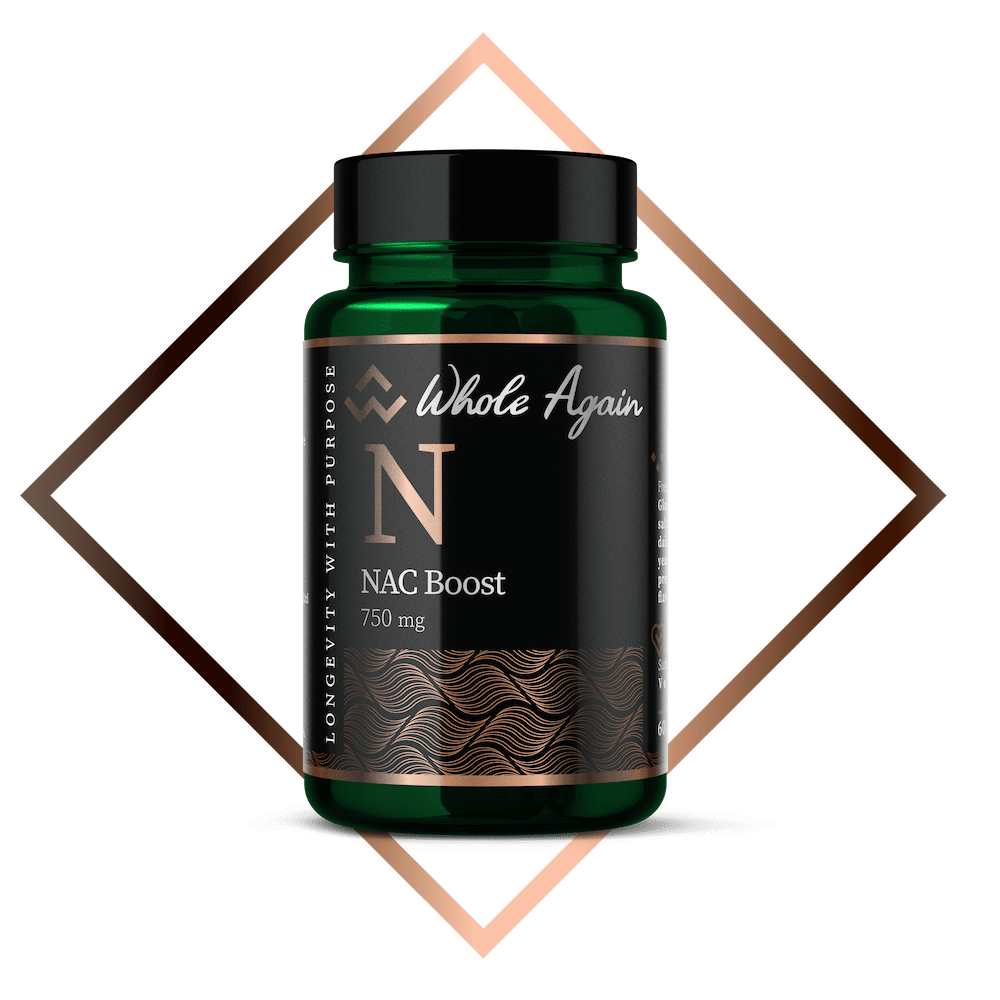
NAC Boost
What is in “NAC Boost”?
NAC stands for N-Acetyl Cysteine (NAC). It is a supplemental form of cysteine. Your body cannot make it and it’s not found in food. NAC is a precursor to a powerful antioxidant that your body produces called glutathione. Glutathione is not well absorbed by the gut, but NAC is well absorbed. NAC plays an important role in the detoxification of kidneys and liver. It prevents or limits some side-effects of medical drugs, recreational drugs, alcohol and environmental toxins. It is beneficial in the following conditions: chronic obstructive pulmonary disease (COPD); bronchitis; HIV; Immune dysfunction; insulin resistance; PCOS; Alzheimer’s; Parkinson’s; mental health conditions; fertility and certain heart conditions.
Are all NAC products the same?
NAC can be formulated in various doses. They vary from 200mg; 500mg; 600mg and 750 mg per tablet or capsule. NAC is a fluffy molecule and very hydroscopic. It thus occupies a lot of space. The highest dose available per standard capsule is 750 mg. It is best to use a product that is free of additives, preservatives, colourants, gluten, wheat and dairy.
Why does NAC have a bad odour?
Cysteine is a naturally occurring amino-acid and has a naturally bad odour. This unfortunately cannot be masked. The higher the dose the more potent the smell.
What are the side-effects of NAC?
It may rarely cause an unusual form of kidney stone. If a person has reflux, it may occasionally worsen it and should then rather be taken after meals.
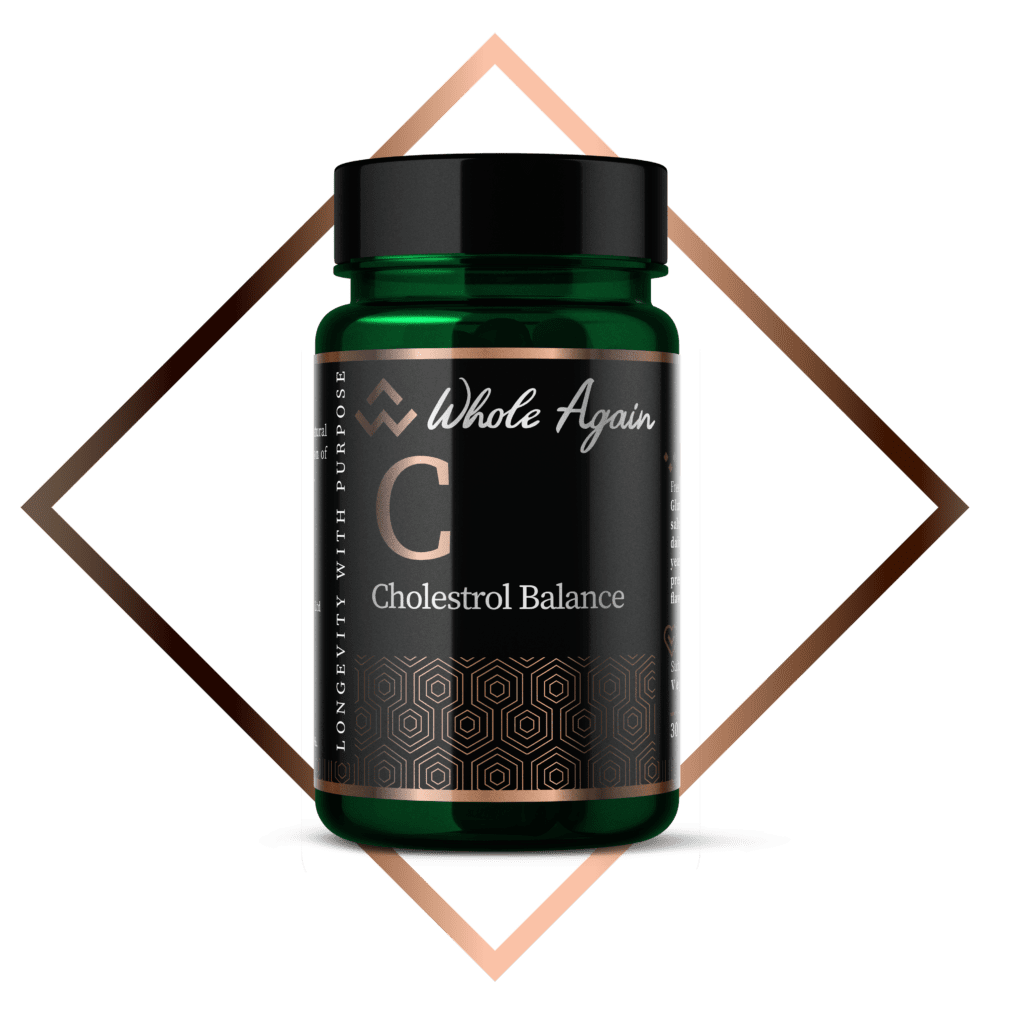
Cholesterol Balance
What is a lipogram?
A lipogram is a blood test that measures the total cholesterol and its constituents: LDL, HDL, triglycerides, and cholesterol to HDL ratios.
What is LDL and what is a normal level?
LDL stands for low density lipoprotein and levels below 3.0 mmol/l are considered safe, for the general adult population. However, doctors may target lower levels based on certain risk factors or conditions. Diabetes, previous heart attack or strokes and kidney disease may warrant lower targets of control. Chronic low-grade inflammation can change the particle size of LDL and make it denser and more dangerous (atherogenic). So, both amount and size of the LDL particle may be important to consider.
What increases LDL?
<span style="font-weight: 400;">Certain genetic traits in high-risk populations e.g. Afrikaners, Gujarati Indians, Lithuanian Jews and Lebanese may have high LDL levels. Diets high in saturated fats can cause LDL to go up. Medical conditions such as liver disease, hypothyroidism and diabetes may elevate LDL levels.</span>
What is HDL and what is a normal level?
HDL stands for high density lipoprotein and is considered the good cholesterol particle. Levels above 1.0 mmol/l for males and above 1.2 mmol/l for females are considered normal. Higher HDL levels are associated with better cardiovascular health. People with fatty liver, non-alcoholic steatosis hepatitis (NASH), metabolic syndrome, type 2 diabetes and kidney disease may have low HDL levels.
What are triglycerides and what is a normal level?
Triglcerides are lipids or fats that are found in certain food that we eat and is carried in the blood. Most of the fats we eat are in triglyceride form. However extra calories from alcohol and sugars (carbohydrates) that we consume can turn into triglycerides and are stored in fat cells.
<div>Excessive alcohol, liver and kidney disease, uncontrolled diabetes, thyroid disease, smoking, obesity, menopause, certain genetic traits, cortisone, beta blockers, certain HIV treatments and diuretics can elevate triglyceride levels. Levels below 1.7 mmol/l are considered safe. A level below 1.0 mmol/l may indicate a healthy diet.</div>
What is a total cholesterol / HDL ratio?
This is a ratio that measures the amount of bad cholesterol vs good cholesterol. The higher the HDL level the better the ratio. A level below 4.0 is considered safe. The lower the ratio the better.
What is in “Cholesterol Balance”
Cholesterol Balance has a blend of red yeast rice extract, policosonal and co-enzyme Q10. The dose of red yeast rice is 400 mg, policosanol 10 mg and co-enzyme Q10 100mg.
What is policosanol?
Policosanol is an extract from plant waxes and considered to be a dietary supplement. It can be derived from beeswax, cereal grains, sugar cane, grasses, leaves, fruits, nuts and seeds. Policosanol seems to decrease cholesterol production in the liver and increase the breakdown of LDL. It may improve the function of good cholesterol HDL. It also decreases the “stickiness” of platelets.
What is red-yeast rice extract?
This is a naturally found compound in red fermented koji rice, a traditional Japanese food preparation that dates back to 300 BC. This extract can lower total cholesterol and LDL by blocking the activity of HMG-CoA reductase. This enzyme can cause cholesterol and LDL to go up. The dose of red-yeast rice extract amongst different product brands can vary from 100 mg to 400 mg per capsule.
What is co-enzyme Q10?
Coenzyme Q is better known as ubiquinone and it’s most common form is ubiquinone-10 (Coenzyme Q10). It is naturally found in the body and also found in some foods. (Tuna, salmon, maceral, sardines, vegetable oils and meat). Coenzyme Q10 acts as an antioxidant. Antioxidants help protect cells from damage and play an important role in metabolism. Preliminary studies show that this enzyme may be depleted with statin use.
Is there a natural approach to managing high cholesterol, and can you recommend a specific product for it?
We offer a natural solution for managing high cholesterol with our product, Cholesterol Balance. We recommend taking 2 capsules daily as a dietary supplement to support your cholesterol management efforts. However, it’s essential to consult with your healthcare provider before starting any new supplement regimen to ensure it aligns with your specific health needs and goals.
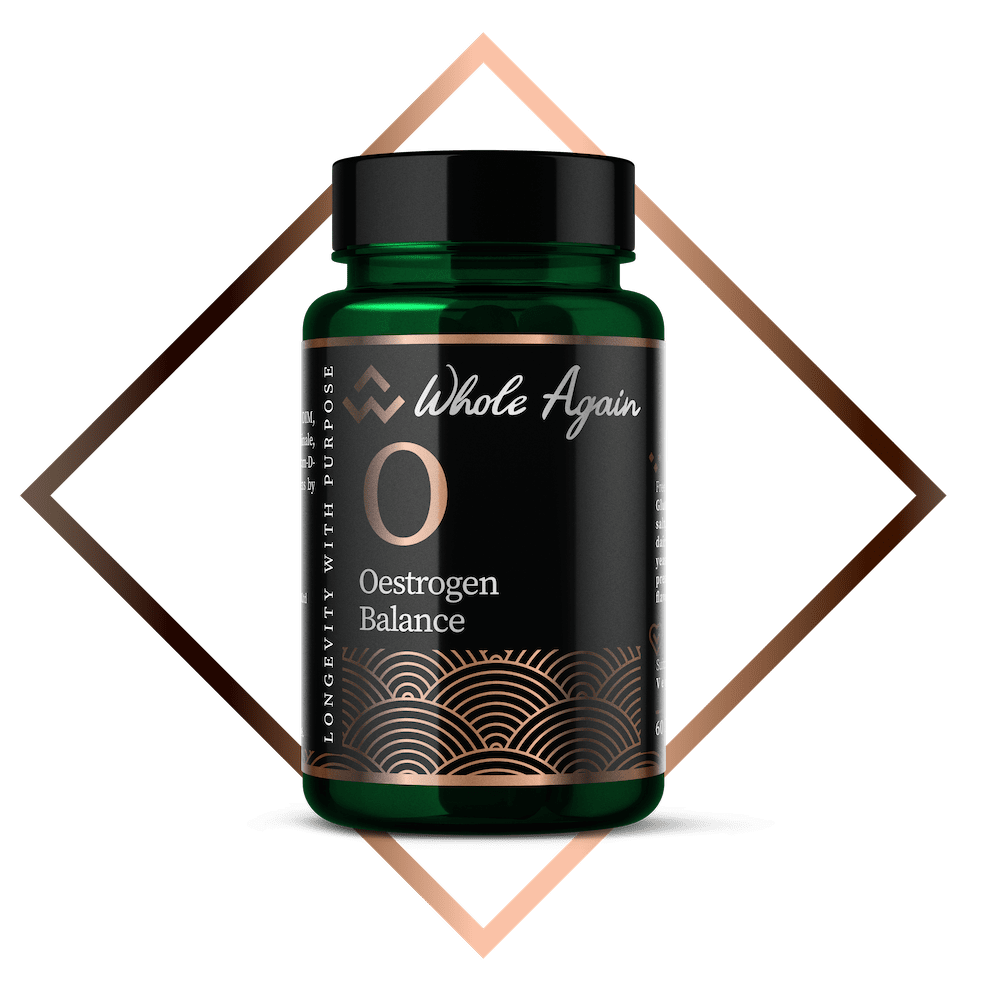
Oestrogen Balance
Can patients take Oestrogen Balance if they are or become pregnant during treatment?
Oestrogen Balance can be safely taken during the first two months of pregnancy. It may help women who are trying to conceive and maintain their pregnancy, especially if they have issues related to estrogen dominance, which can make conception more challenging. However, it’s crucial to consult with a healthcare professional before continuing or starting any supplement during pregnancy to ensure it’s suitable for individual circumstances.
Is Oestrogen Balance safe to use in pregnancy?
<p style="font-weight: 400;">There won’t be a need to use it in pregnancy. It can be used until the pregnancy test is positive and then resume post-partum.</p>
<p style="font-weight: 400;">It is perfect for estrogen-dominant women, endometriosis, fibroids, premenstrual syndromes, fibro adenomatous breast disease, 1<sup>st</sup> trimester miscarriage and pre-menstrual break outs (acne). It is also good to diminish post-menopausal systems, pigmentation and decrease risk of breast cancer.</p>
Is Oestrogen Balance for menopausal women?It regulates the increase of oestrogen. In menopause, we have a decline in oestrogen.
It helps menopausal symptoms and continues to prevent xeno-estrogen from the water and environment to convert to estrone which is still a risk for fibroid/breast cancer.
Is Oestrogen Balance Right for Me After a Full Hysterectomy?
<div class="flex-1 overflow-hidden">
<div class="react-scroll-to-bottom–css-bempg-79elbk h-full">
<div class="react-scroll-to-bottom–css-bempg-1n7m0yu">
<div class="flex flex-col text-sm pb-9">
<div class="w-full text-token-text-primary" data-testid="conversation-turn-22">
<div class="px-4 py-2 justify-center text-base md:gap-6 m-auto">
<div class="flex flex-1 text-base mx-auto gap-3 md:px-5 lg:px-1 xl:px-5 md:max-w-3xl lg:max-w-[40rem] xl:max-w-[48rem] group final-completion">
<div class="relative flex w-full flex-col agent-turn">
<div class="flex-col gap-1 md:gap-3">
<div class="flex flex-grow flex-col max-w-full">
<div class="min-h-[20px] text-message flex flex-col items-start gap-3 whitespace-pre-wrap break-words [.text-message+&]:mt-5 overflow-x-auto" data-message-author-role="assistant" data-message-id="f21b411a-d039-48bb-9600-394b672f46a2">
<div class="markdown prose w-full break-words dark:prose-invert light">
Yes, Oestrogen Balance is suitable for your situation. Despite the removal of excess oestrogens, it effectively mimics estrogen to the body’s receptors. This action can reduce symptoms like hot flushes and night sweats. Additionally, it helps protect against the harmful effects of environmental xen oestrogens, which could potentially lead to cancer.
</div>
</div>
</div>
</div>
</div>
</div>
</div>
</div>
</div>
</div>
</div>
</div>
Is it possible that Oestrogen Balance formula causes patients to skip a period?
<b>Yes, it may be early in the treatment but as can the pill (OCP). The patient should continue and it should settle.</b>

Bone Balance
If I'm taking an anticoagulant, specifically Xarelto or Warfarin, can I also take Bone Balance, and if there's a difference, why?
Yes, you can generally take Bone Balance if you are on Xarelto (rivaroxaban). It is considered safe because Xarelto uses a different anticoagulant pathway, specifically Factor Xa inhibition. However, patients taking Warfarin (Coumadin) should not take Bone Balance. Warfarin affects Vitamin K-dependent clotting factors, which creates a potential interaction. Always consult with your prescribing physician or healthcare provider before starting any new supplement, especially if you are taking prescription medications.

